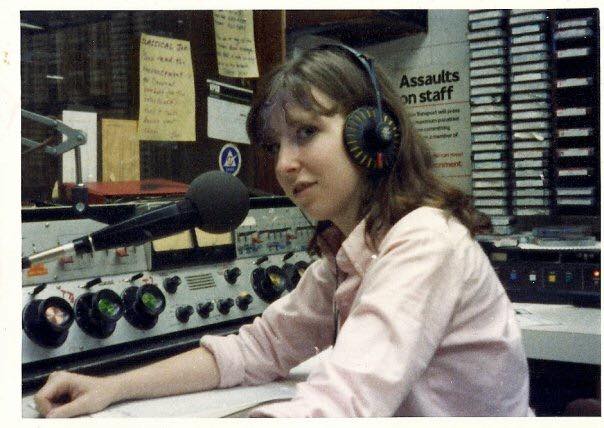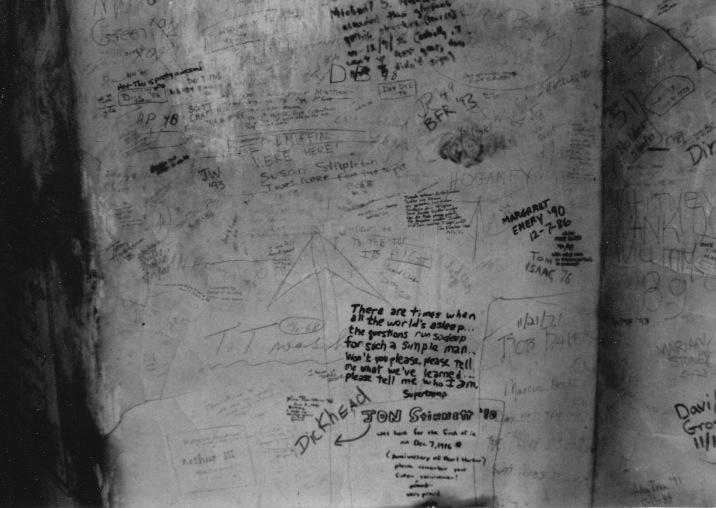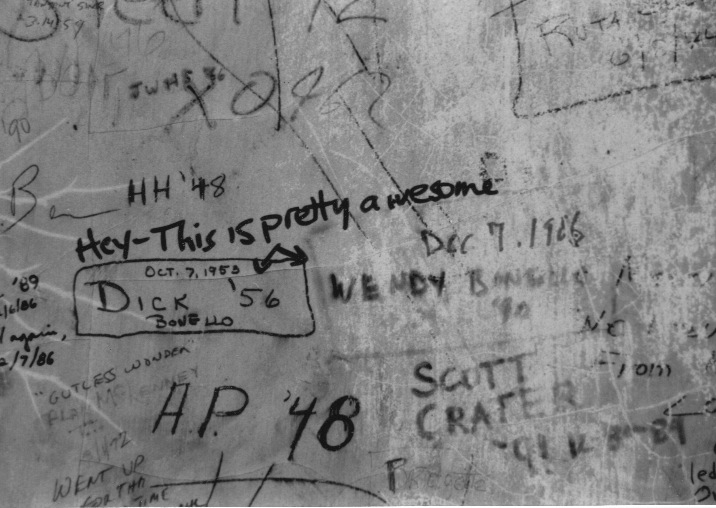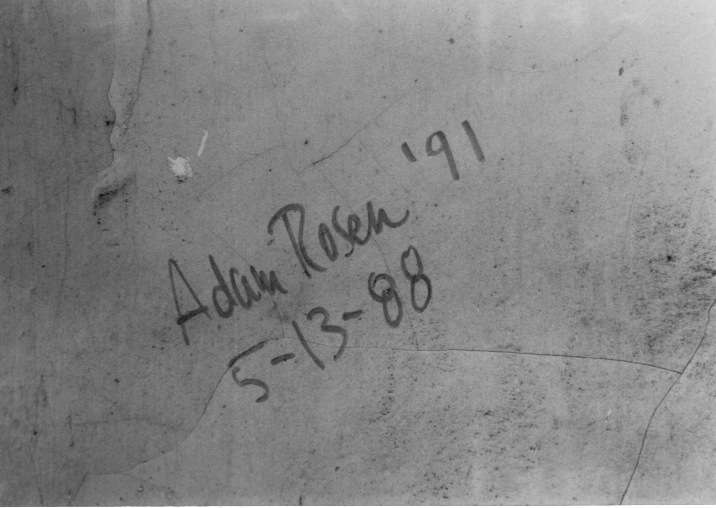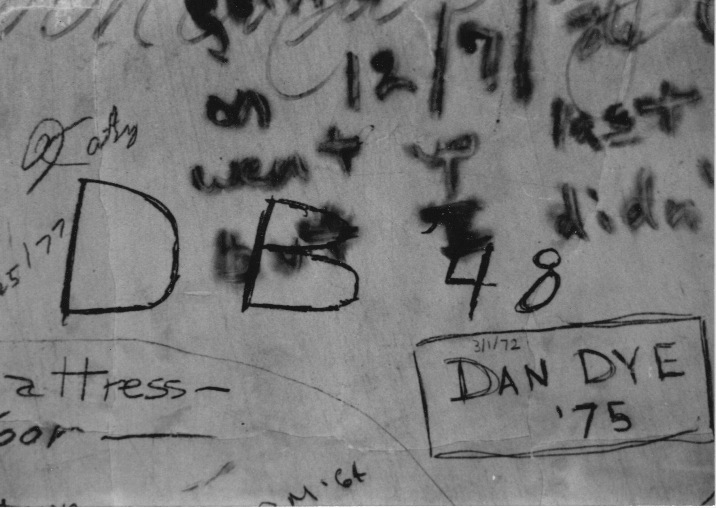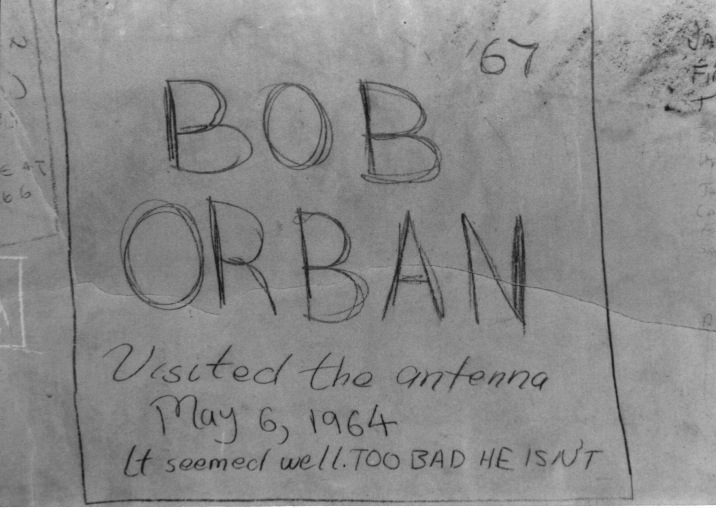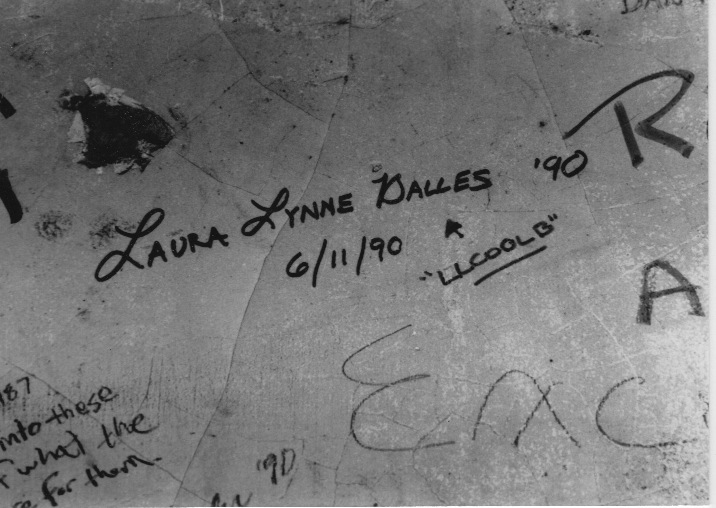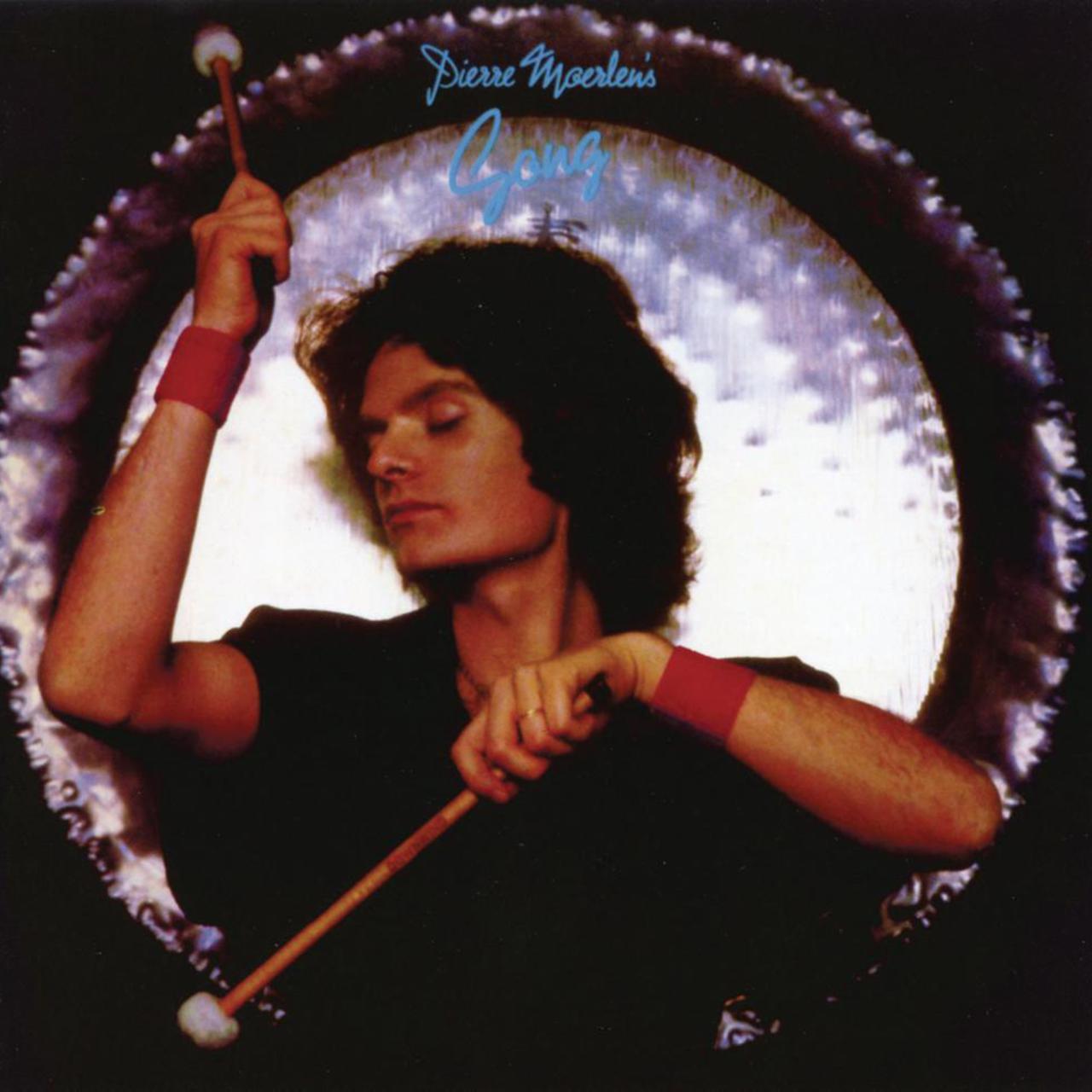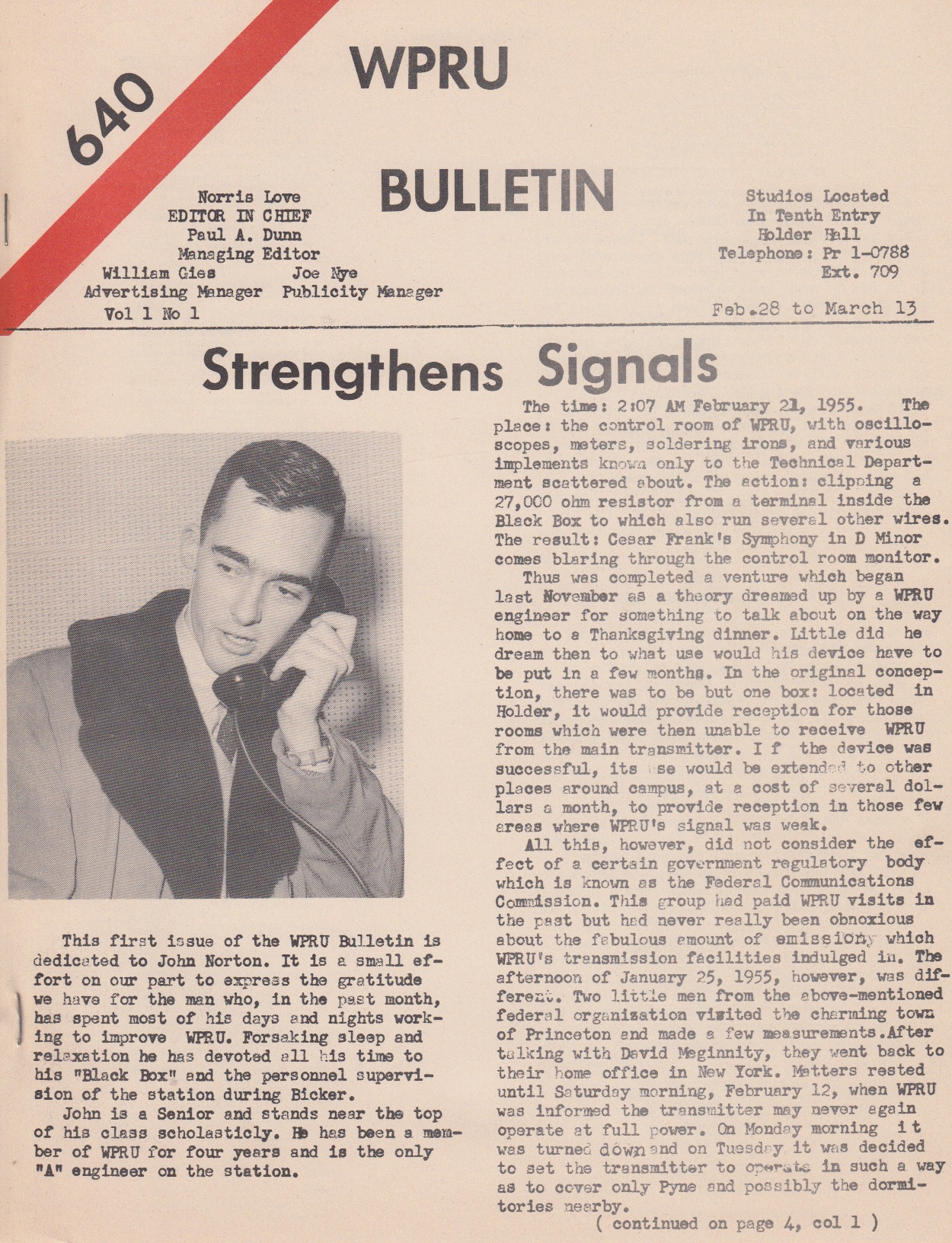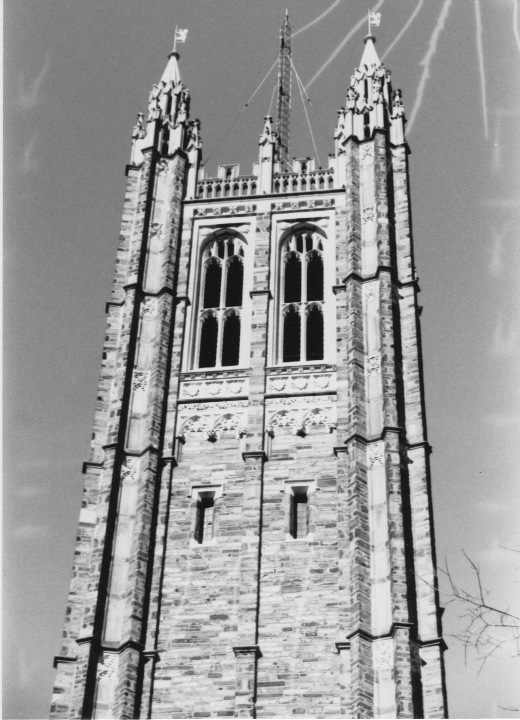
By Alex Wood ’02, WPRB Station Manager ’01
After completing DJ training the fall of my freshman year, I was eager to get on the air. While most new trainees were relegated to graveyard shifts for their first shows, my first show was at something like 5pm the Wednesday before Thanksgiving. As a “townie”, I was one of the few DJs who did not have to travel that evening. What a thrill it was to be on-air when there might actually be some listeners! I imagined hoards of drivers stuck for hours in Thanksgiving traffic, all tuning in to WPRB. I was hooked.
Despite the rush of that first drive-time show, my most favorite memories come from late night shifts, where after finishing homework in the office, I might stroll down to the studio at 2am and tell the DJ not to bother turning the station off – I would take over and play music for a few hours. Now the idea that there might only be a few lonely listeners, driving down a deserted New Jersey road in the middle of the night with only the radio to keep them company seemed strangely beautiful. Those late-night broadcasts were special; I was able to relax in a way I didn’t during my regular afternoon timeslot. Perhaps the fact that the station would have been off-air anyhow, or that there were only a few listeners out there, freed me to experiment.
One late-night haunt that WPRBers often visited was the Crystal Diner on old Route 1, towards Trenton. If it wasn’t open 24-hours, it had to have been close. Upon returning to campus, sometimes we’d finish the night with a trip to the top of Holder Tower. Some station engineer from well before our time had managed to borrow the key from building services and never returned it. Behind the locked door, the stairwell up to the roof was filled with WPRB graffiti. (See slideshow, below.) Emerging into the night, you got the best view from anywhere on campus. Nassau Street runs along a hill, which meant that the top of Holder was even taller than the top of Fine tower. Perhaps the only other campus building that could rival it was the University Chapel. Standing there in the dark, looking out at the glittering lights of central NJ stretching into the distance, the mysterious shadows of the radio tower and other transmission equipment looming over you in the dark – what was cooler than that?
(more…)
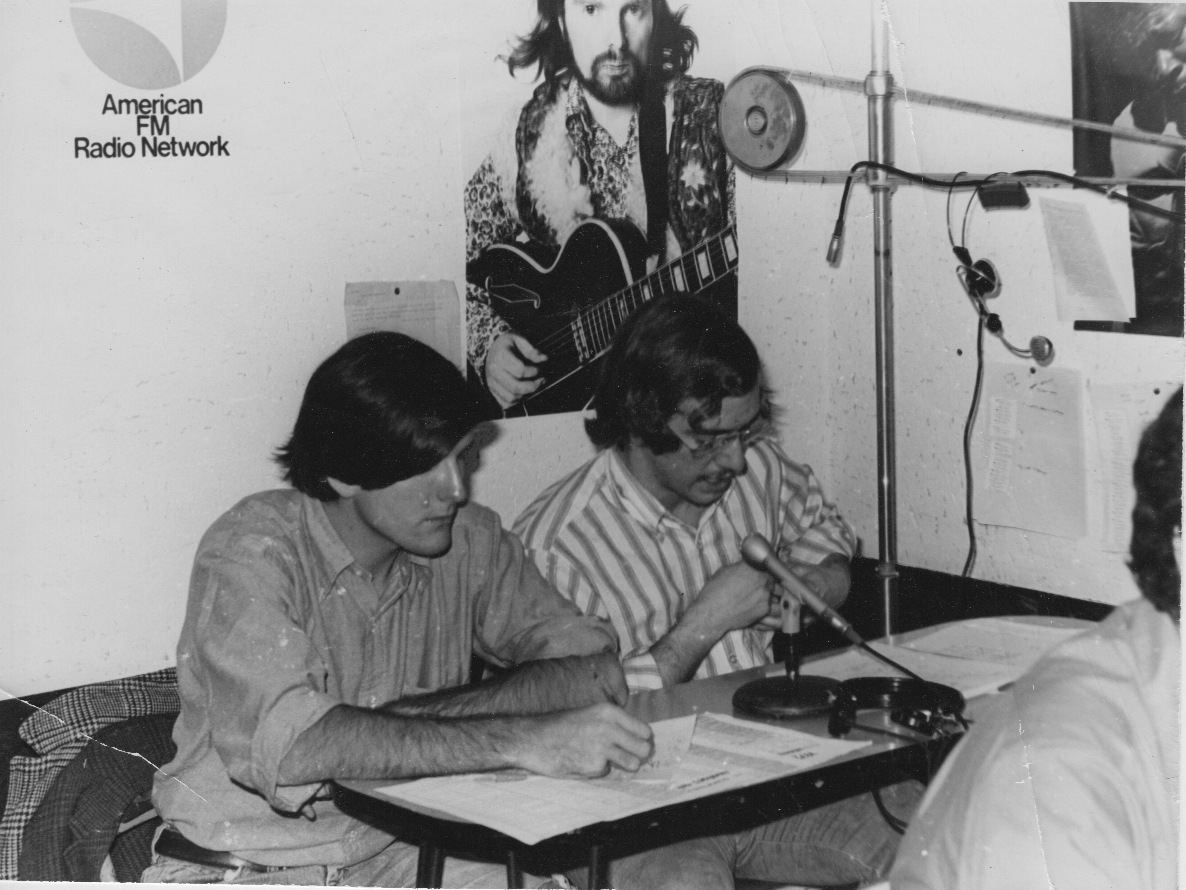

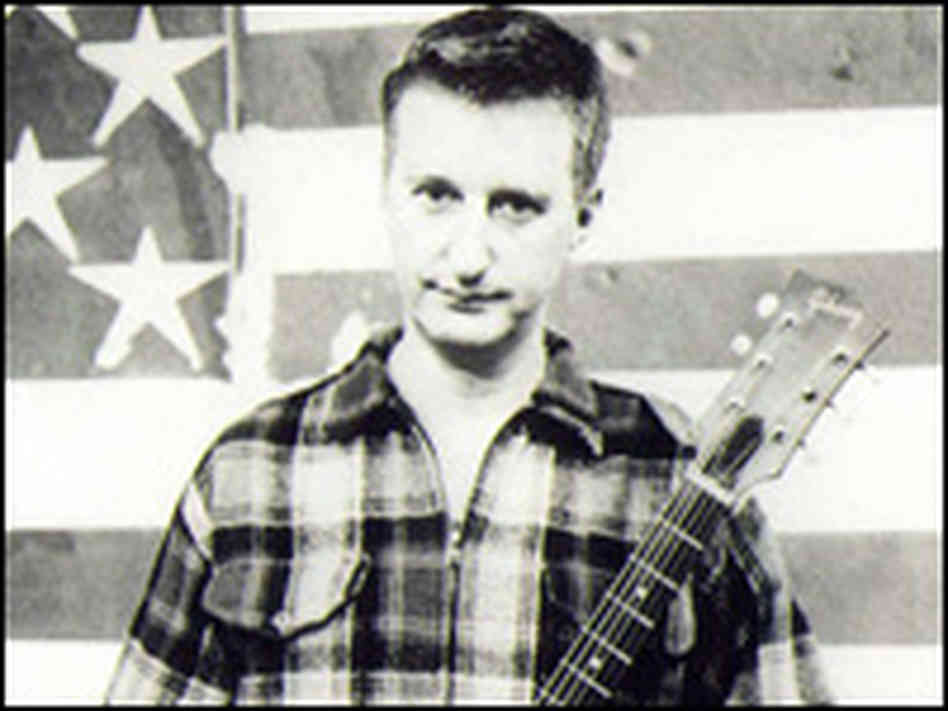 Behold! Recorded evidence for the ancient practice of cornering a favorite performer after a gig and coaxing an on-the-spot station ID from them.
Behold! Recorded evidence for the ancient practice of cornering a favorite performer after a gig and coaxing an on-the-spot station ID from them.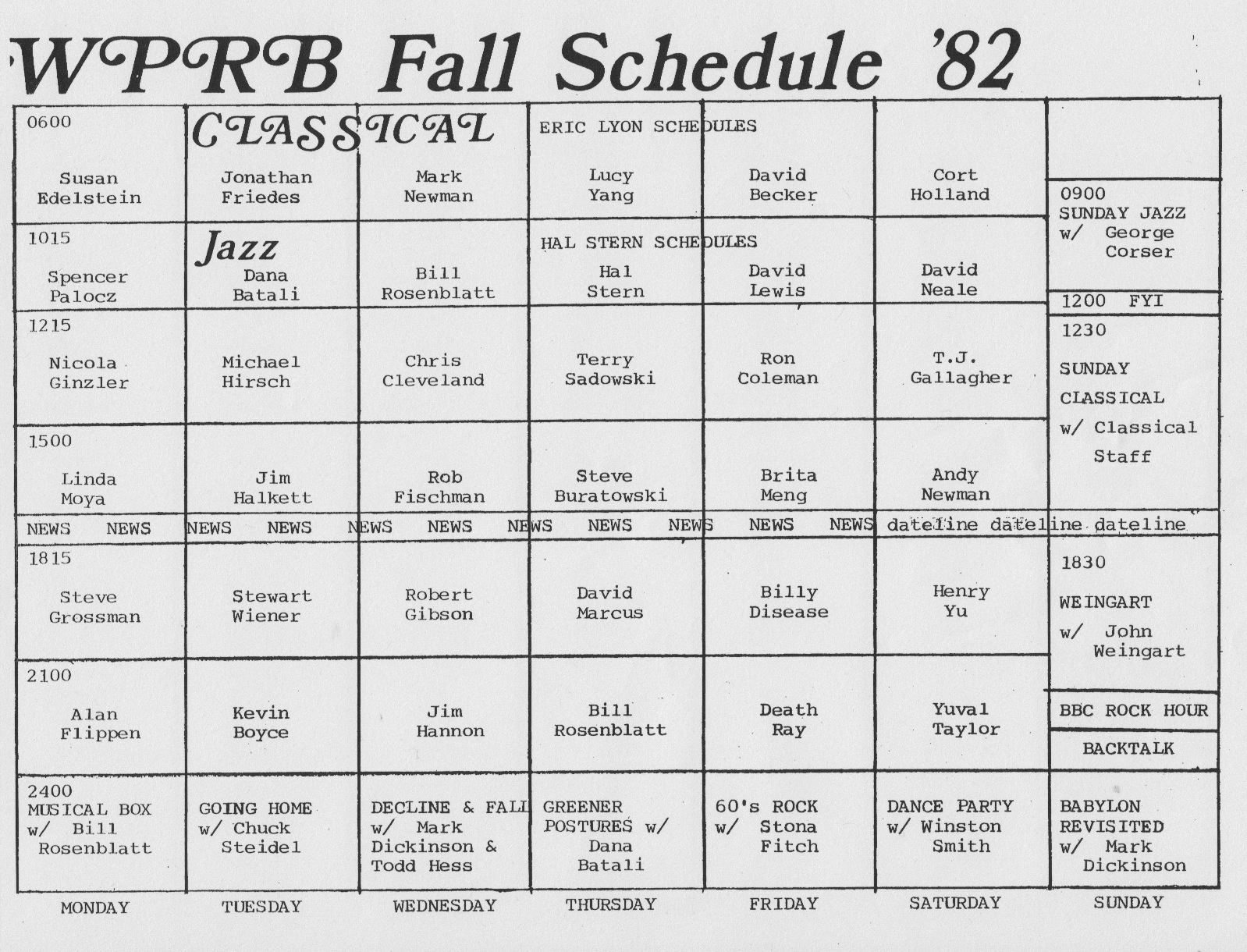

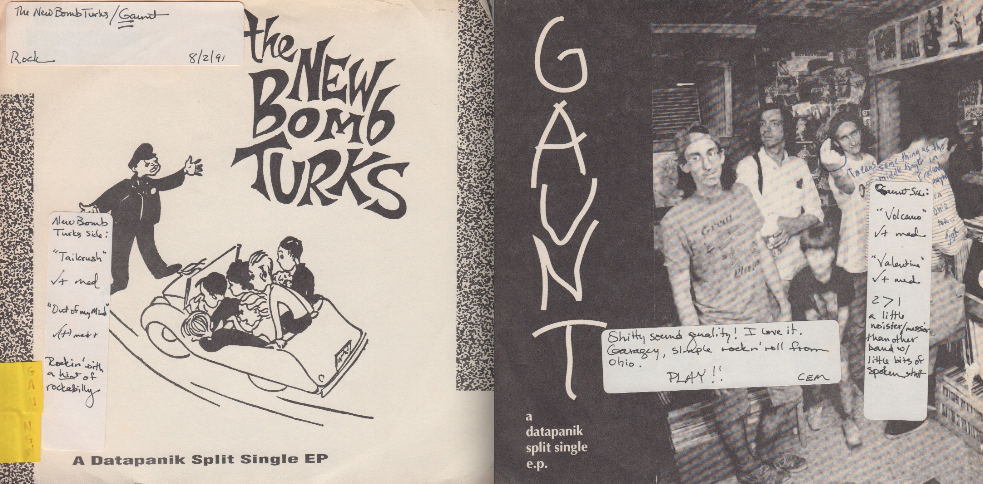
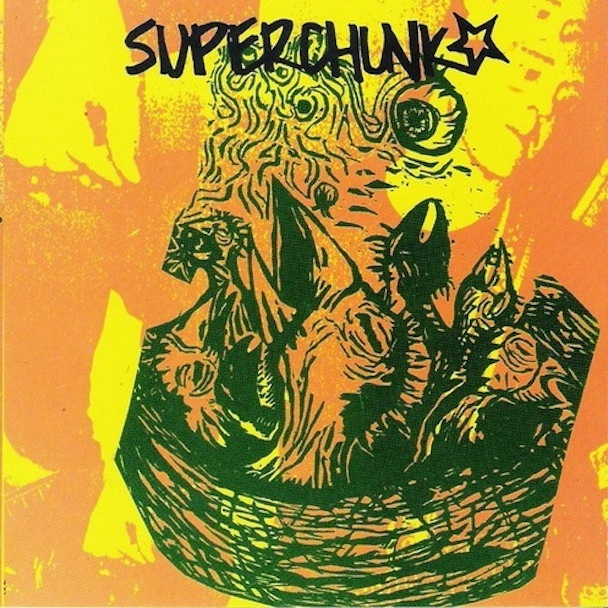 On February 3rd of 1991, the mighty
On February 3rd of 1991, the mighty 